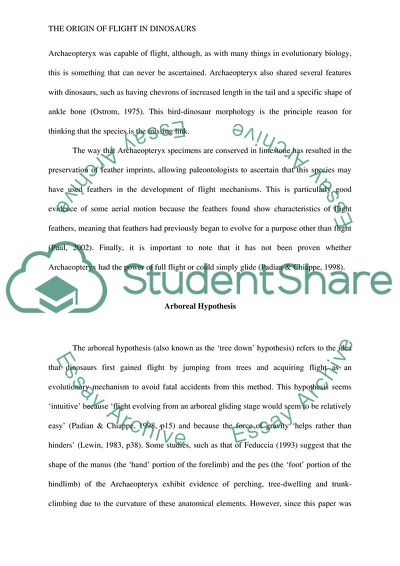Cite this document
(“The Arboreal and Cursorial Hypotheses of the Flight Origin Research Paper - 1”, n.d.)
The Arboreal and Cursorial Hypotheses of the Flight Origin Research Paper - 1. Retrieved from https://studentshare.org/biology/1751068-origin-of-flight-of-dinosaurs
The Arboreal and Cursorial Hypotheses of the Flight Origin Research Paper - 1. Retrieved from https://studentshare.org/biology/1751068-origin-of-flight-of-dinosaurs
(The Arboreal and Cursorial Hypotheses of the Flight Origin Research Paper - 1)
The Arboreal and Cursorial Hypotheses of the Flight Origin Research Paper - 1. https://studentshare.org/biology/1751068-origin-of-flight-of-dinosaurs.
The Arboreal and Cursorial Hypotheses of the Flight Origin Research Paper - 1. https://studentshare.org/biology/1751068-origin-of-flight-of-dinosaurs.
“The Arboreal and Cursorial Hypotheses of the Flight Origin Research Paper - 1”, n.d. https://studentshare.org/biology/1751068-origin-of-flight-of-dinosaurs.


